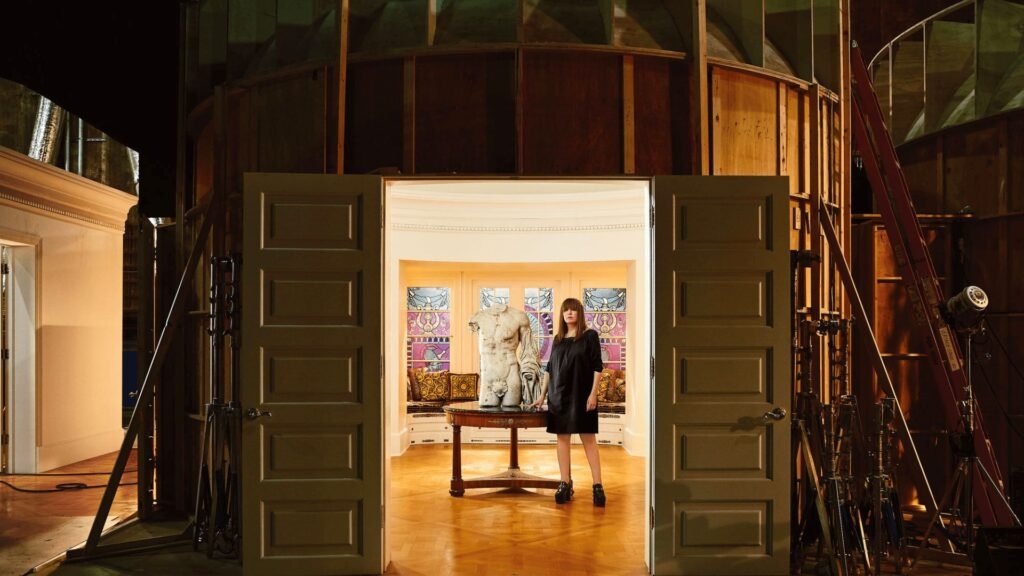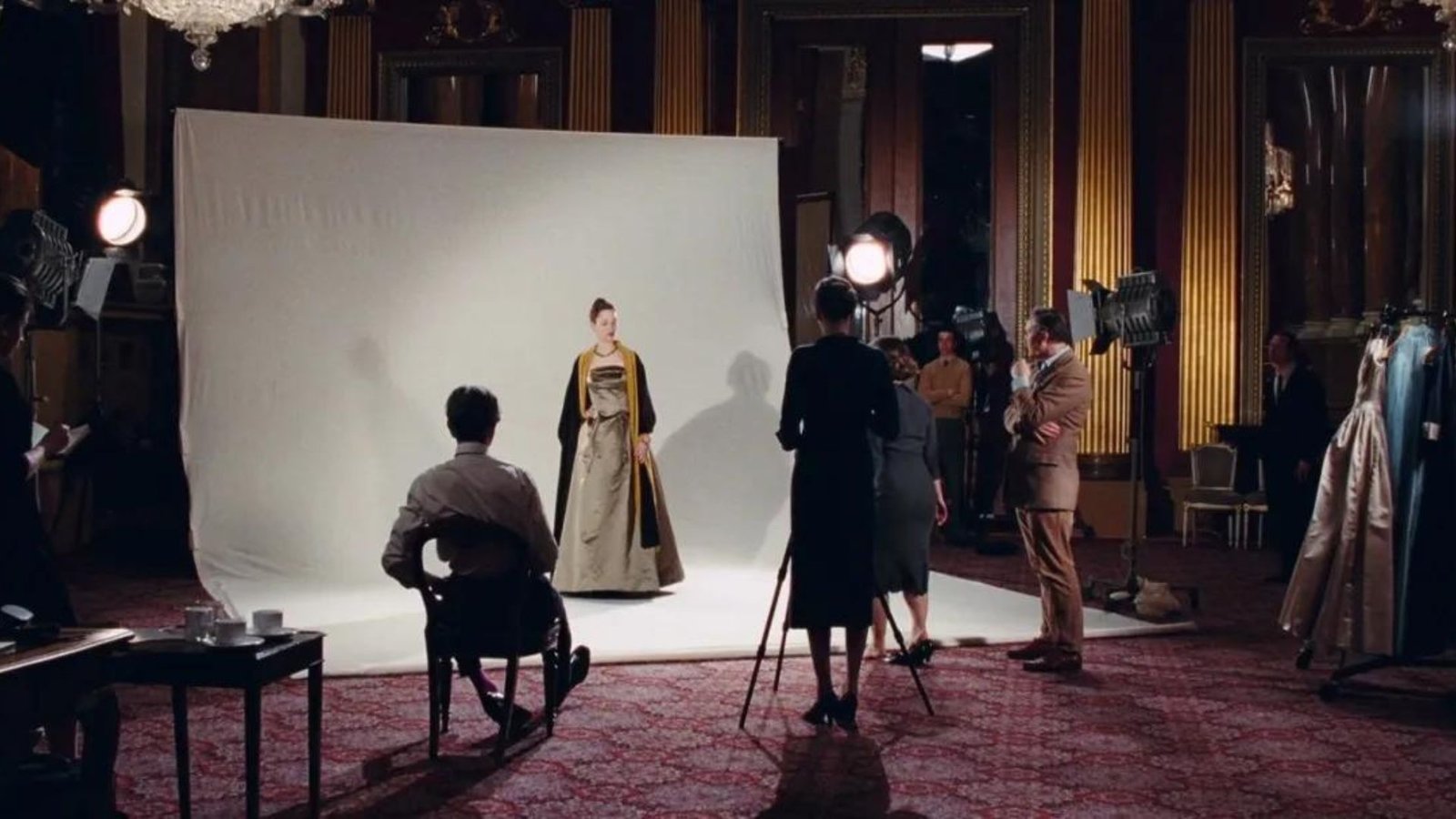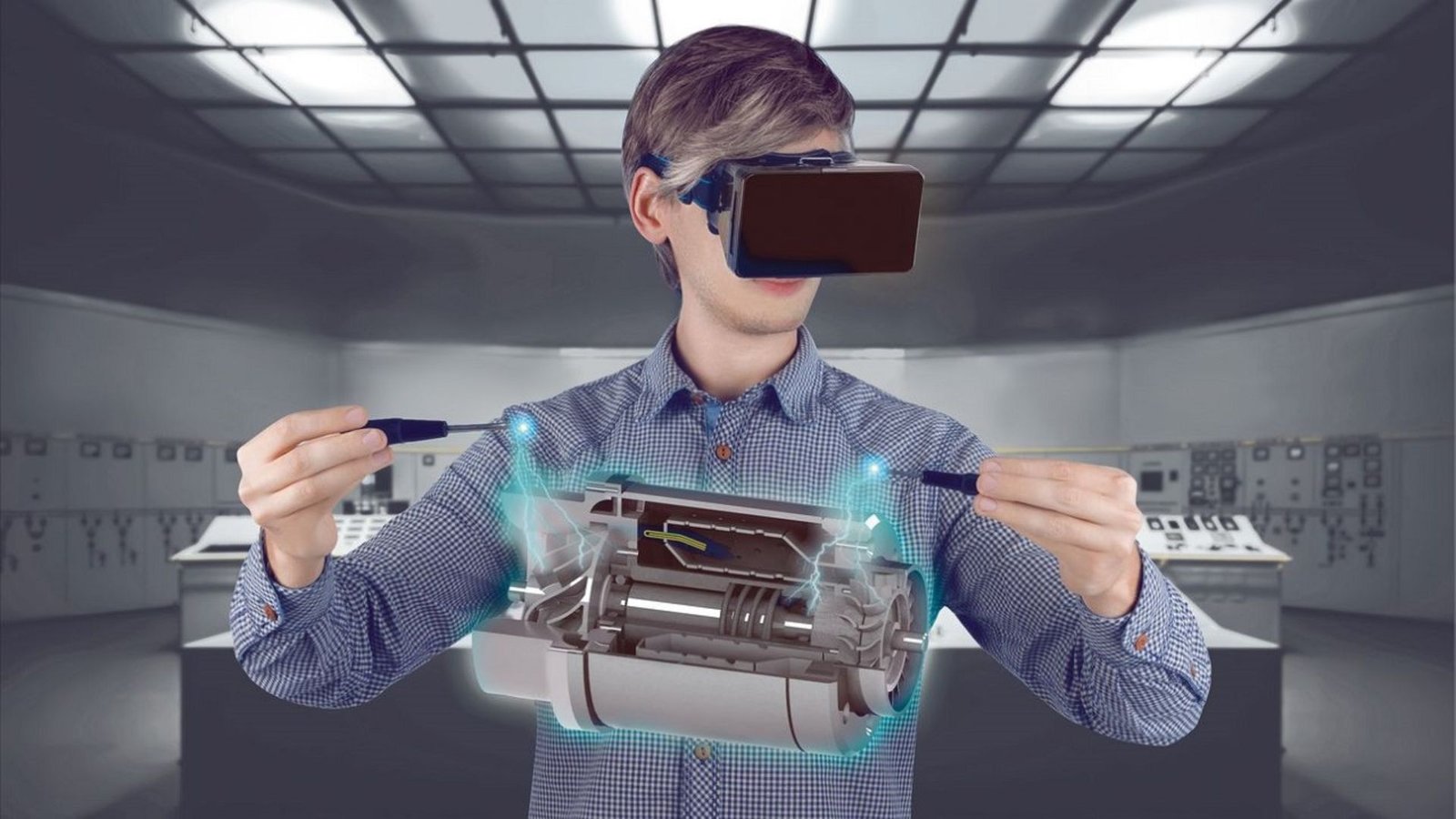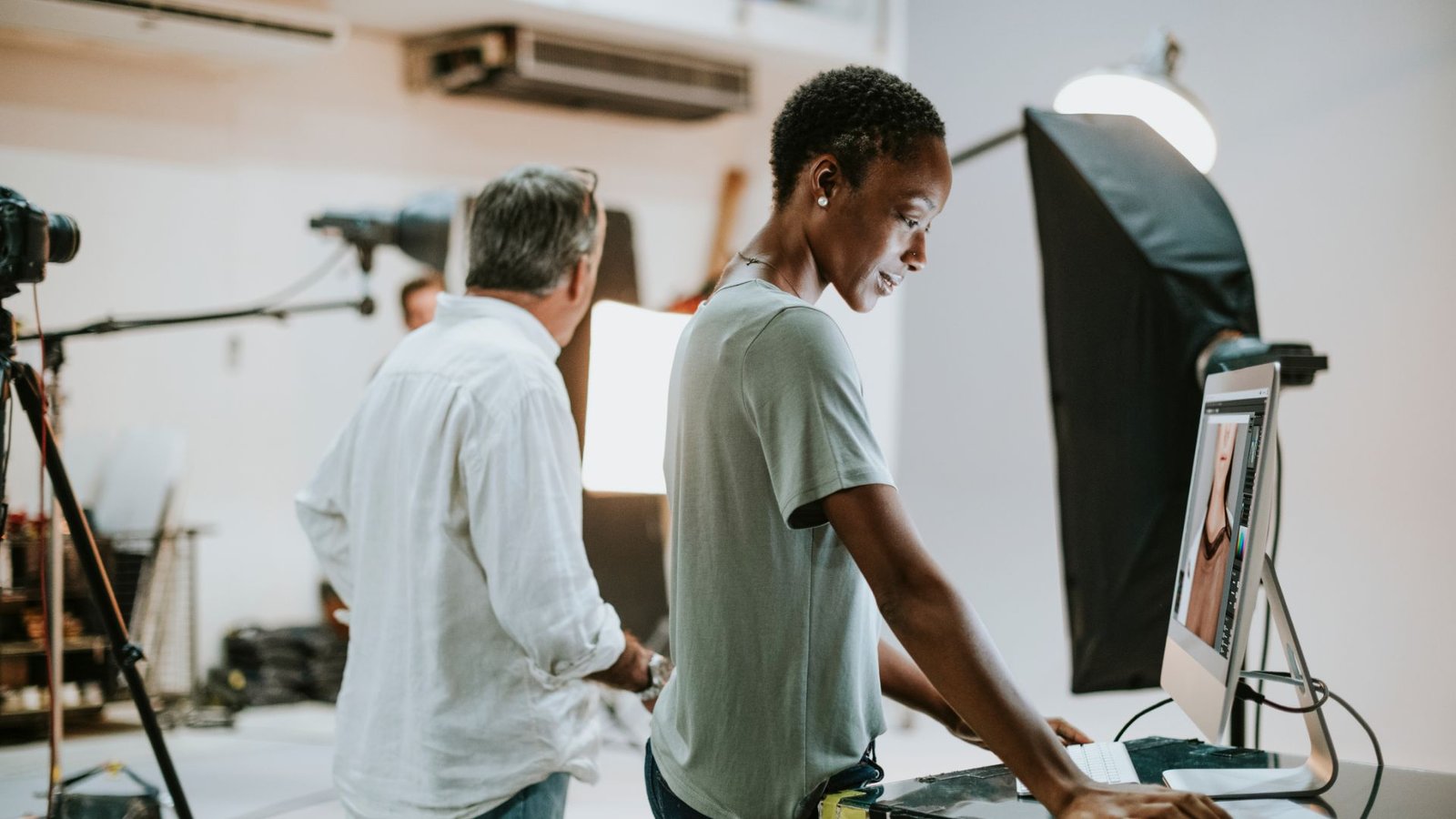Production design plays a vital role in enhancing storytelling in movies. This aspect of filmmaking is all about creating the visual world where the story unfolds. From the settings and props to the overall look, production design helps to make the story more engaging and believable. In this blog post, we’ll look at how production design enhances storytelling and why it is so important for a movie.

Understanding Production Design in Film
To start with, what exactly is production design? Production design is the process of designing the sets, props, and overall visual style of a film. It involves creating the physical environment where the movie’s action takes place. This includes everything from the architecture of buildings to the smallest details in a room. By crafting these elements carefully, production design helps to set the tone and atmosphere of the film.
Creating a Visual Story
One of the main ways production design enhances storytelling is by creating a visual story. The design of the sets and props can reveal important information about the characters and their world. For instance, a cluttered, chaotic room can suggest that a character is disorganized or stressed. Conversely, a neatly arranged, elegant space might hint at a character’s wealth or sophistication. Through these visual cues, production design helps to convey details that might otherwise require lengthy explanations.
Building the World of the Film
Moreover, production design helps to build the world of the film. Whether it’s a historical period, a futuristic city, or a magical realm, the design elements create a believable and immersive environment. For example, in a science fiction movie, production design might include futuristic technology, alien landscapes, and advanced architecture. These elements work together to make the audience feel like they are truly experiencing another world. By immersing the audience in the film’s setting, production design deepens their connection to the story.
Setting the Tone and Mood
Another key role of production design is setting the tone and mood of the film. The choice of colors, lighting, and textures can influence how the audience feels about a scene. A dark, shadowy setting with minimal lighting can create a sense of mystery or danger. On the other hand, bright, vibrant colors and warm lighting can evoke feelings of happiness or comfort. By carefully selecting these elements, production design enhances the emotional impact of the story and helps to guide the audience’s reactions.
Supporting the Narrative
In addition to these aspects, production design also supports the narrative of the film. It can highlight important plot points and themes by emphasizing certain design elements. For instance, if a film’s plot revolves around a character’s journey from poverty to wealth, the gradual change in the design of their surroundings can visually represent this transformation. Production design helps to reinforce the story and make its themes more apparent.
Conclusion
In summary, production design is essential in enhancing storytelling in movies. It creates the visual world of the film, builds an immersive environment, sets the tone and mood, and supports the narrative. By focusing on these elements, production design helps to make the story more engaging and believable. It’s a crucial part of filmmaking that brings the story to life and allows the audience to connect more deeply with the film.




